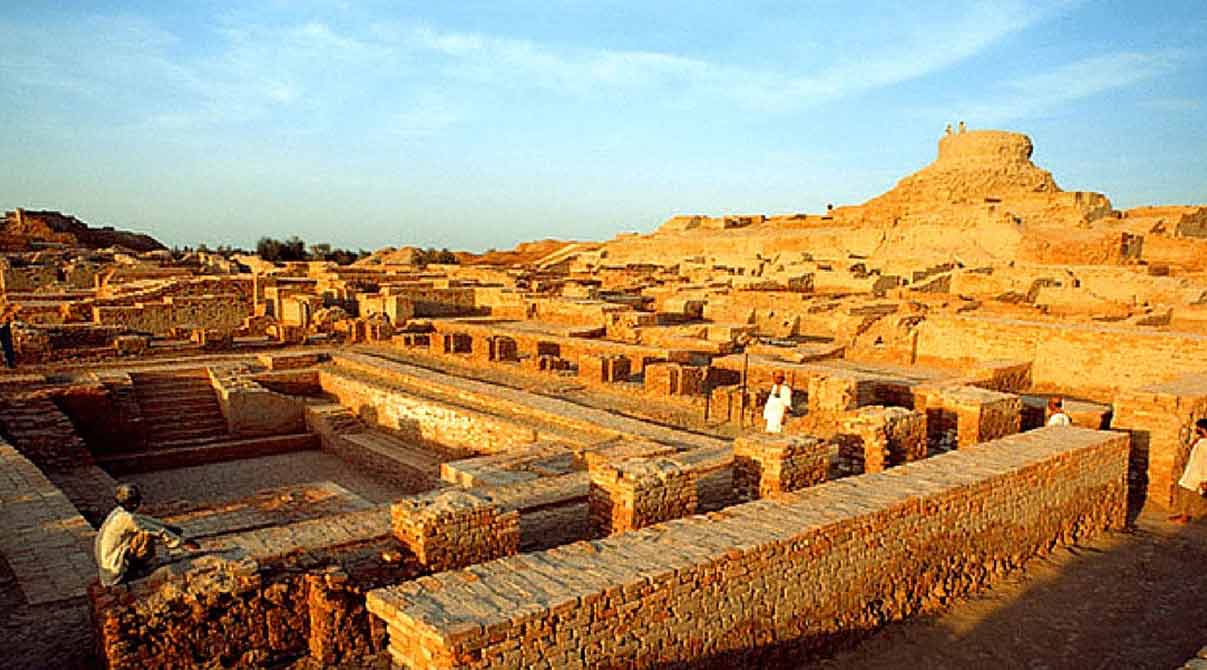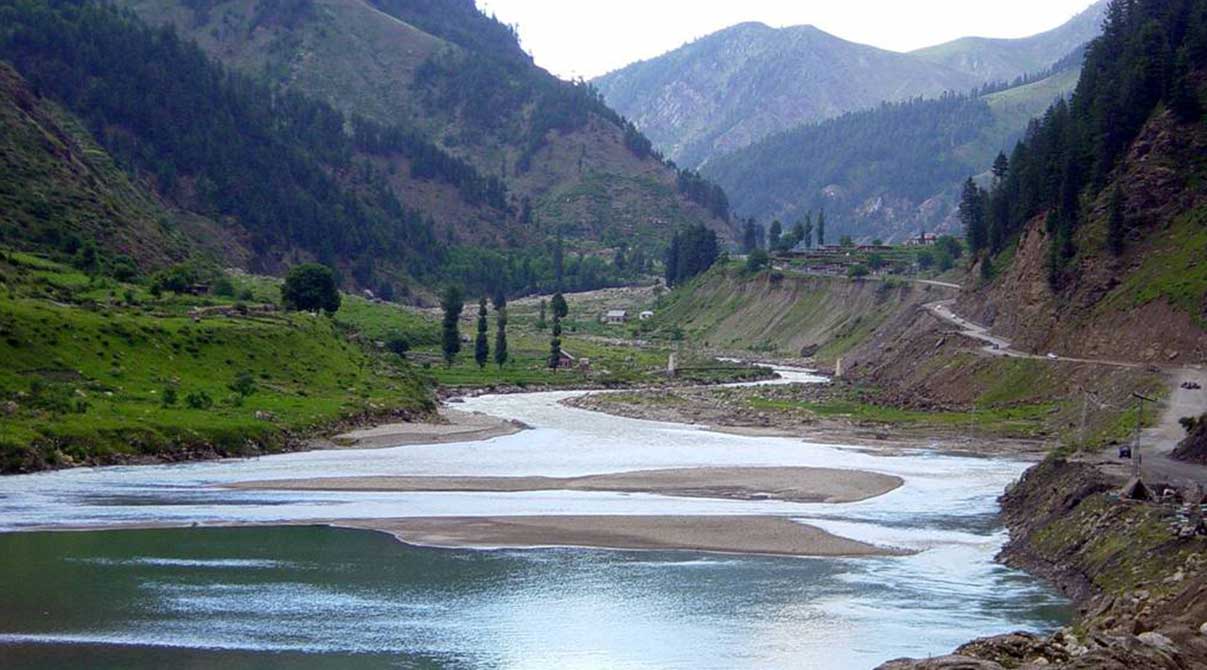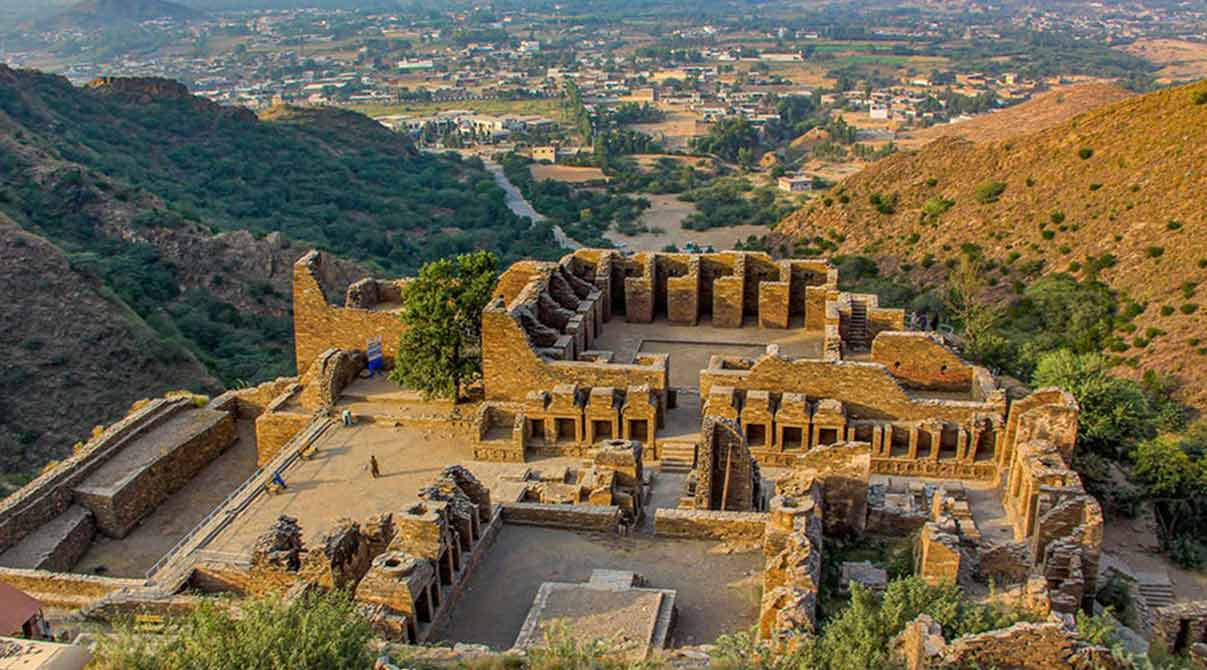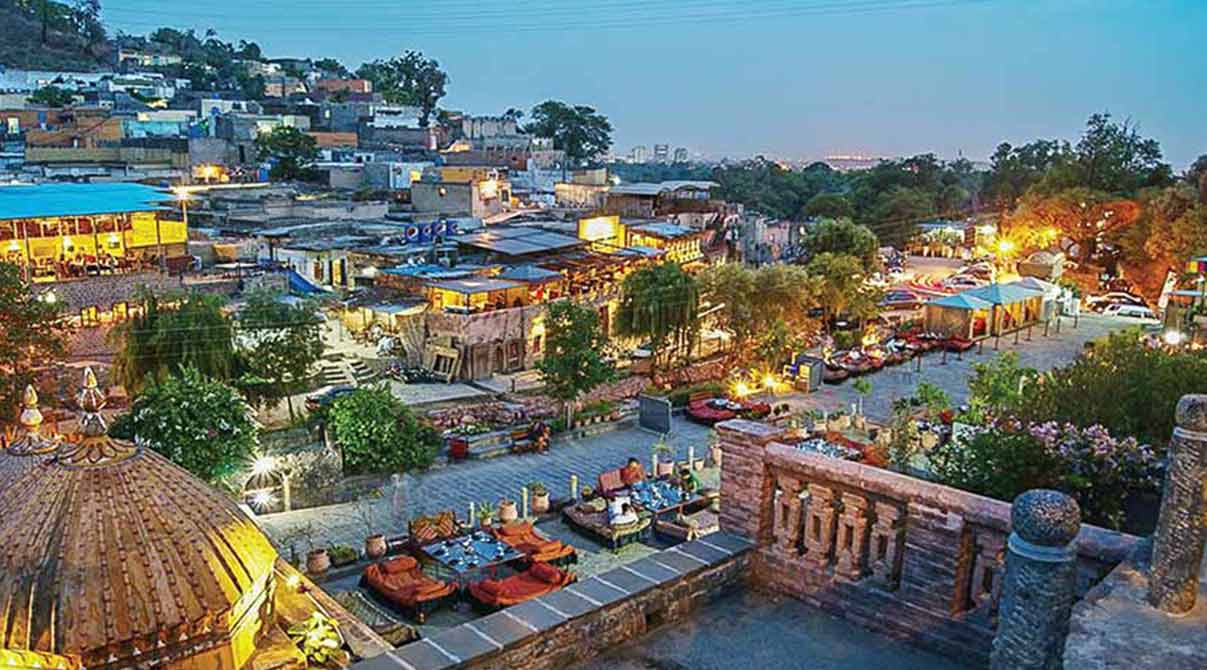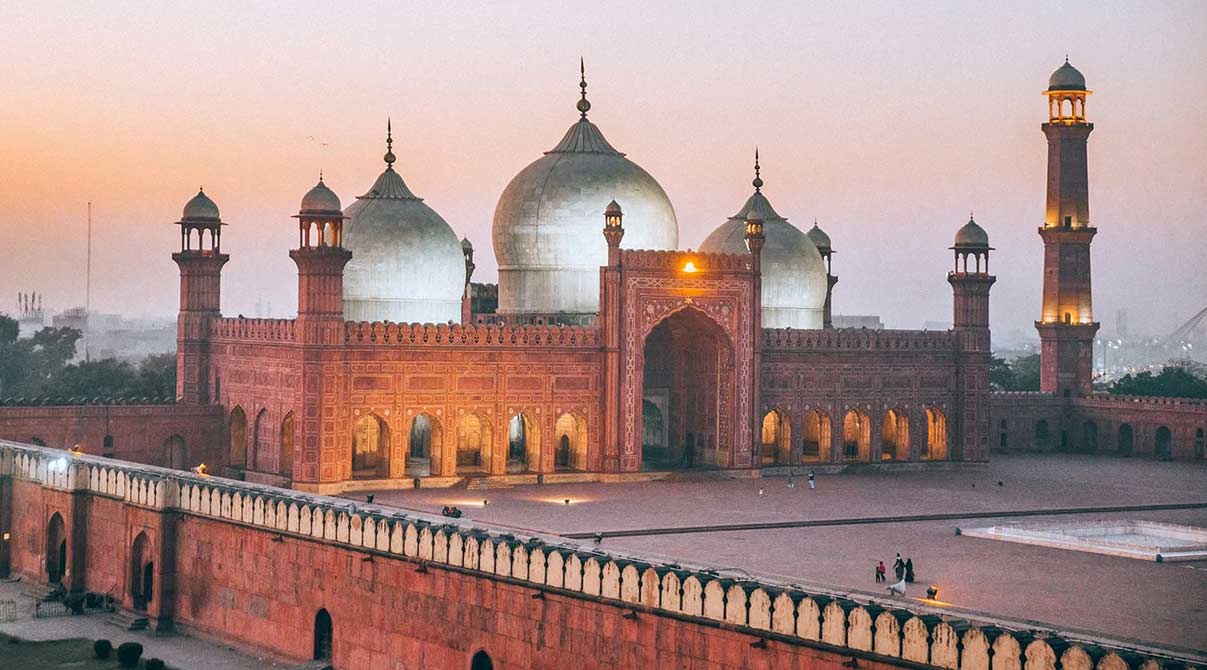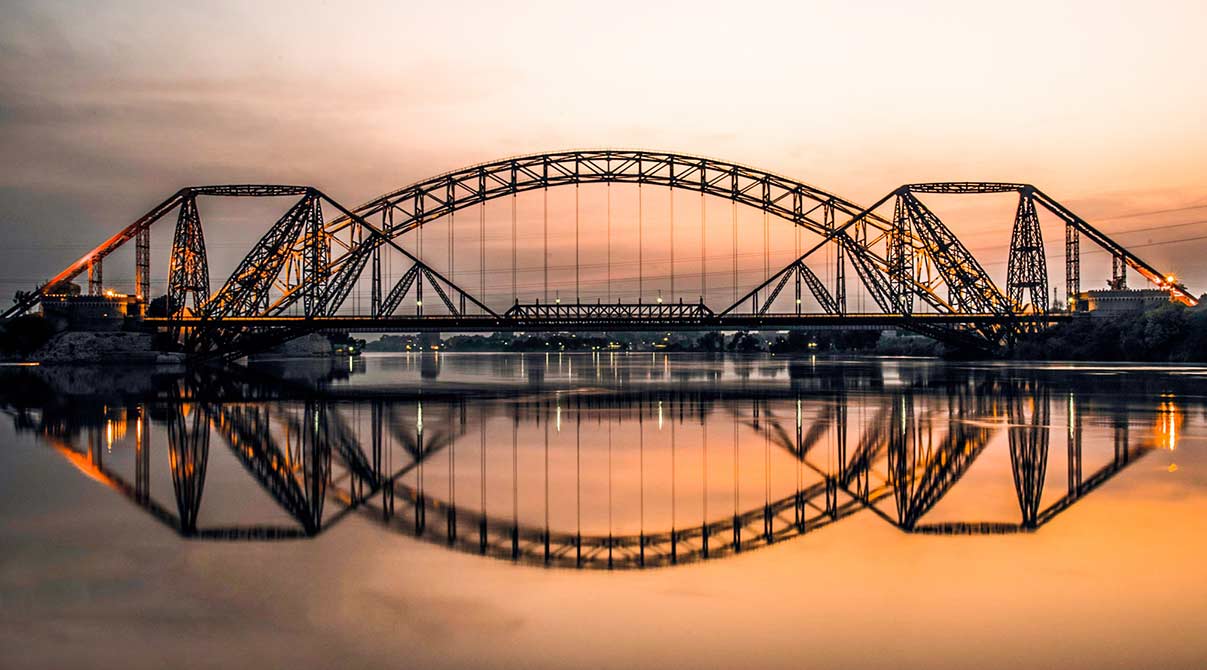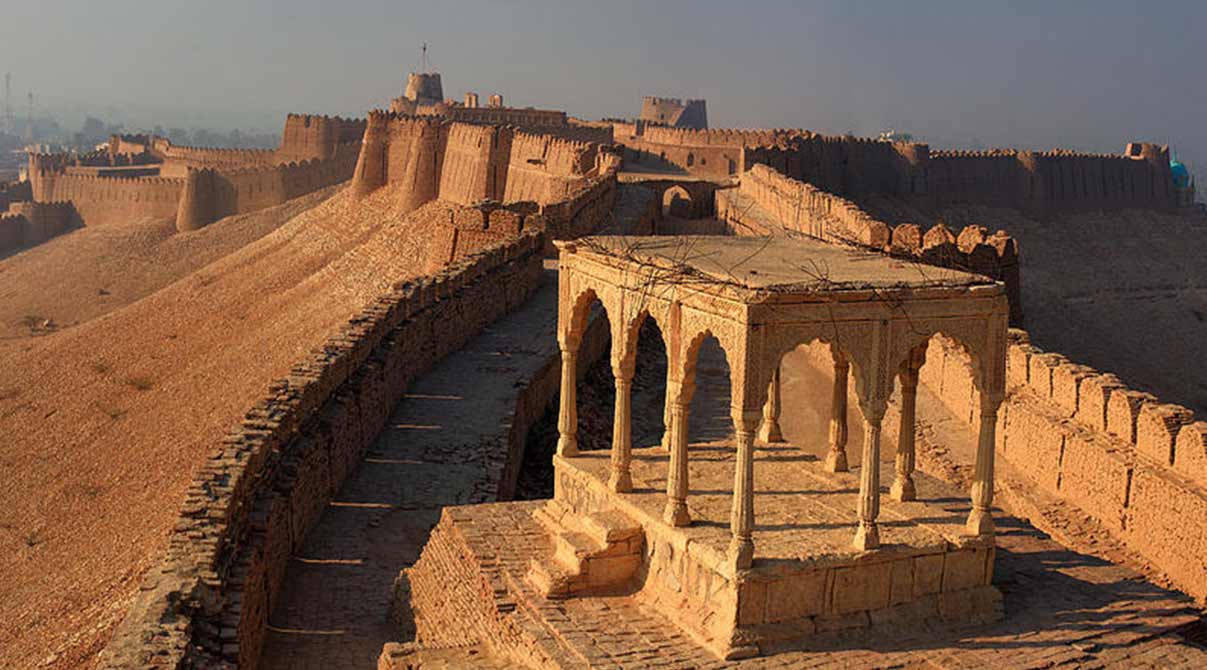If you have a passion to explore the history of the world, then you would be aware of the different civilizations which have ruled the Indus Valley. The area we are trying to highlight here is that Persians, Turks, Arabs, Mughals, and the British governed the subcontinent. Thus, an amalgam of races, cultures, norms, customs, and traditions is still evident within this region. Read this article to know more about Pakistani cities if you are a history geek.
Must-visit Pakistani Cities if You are a History Geek
The people residing within these areas are still unaware of the various practices which their ancestors borrowed from the colonizers and have nothing to do with the religious activities of the natives. However, if you have a passion to explore the different norms, customs, and traditions existing in this region as a history geek, make sure to pay a visit to the following Pakistani Cities to quench your thirst for knowledge and history.
History of Mohenjo Daro
Some of you would have watched some video documentaries on Mohenjo Daro. However, very few of you would have visited the place as we remain unaware of the historical significance of this region. If you wish to see the best-preserved urban settlement with your own eyes, you need to visit Mohenjo Daro. Most of the archaic remnants of Mohenjo Daro are located in the Indus river. The remnants present the grandeur of the Indus Valley Civilization reflecting their standard of living. The discovery of this world heritage site was itself a wonder as the archaeologists were able to find valuable artifacts.
Socio-economic System of Mohenjo Daro
Some of the examples to corroborate the presence of a socio-economic system in Mohenjo Daro include sewage disposal pits, wells, a college for priests, public baths, and an effective drainage system. Mohenjo Daro is one of the Pakistani cities that can be subdivided into two major regions. The history of the eastern path is nothing more than old city ruins alongside the Indus River. A Buddhist monastery stands on a citadel area in the west. Most of the constructions are carried out using baked brick.
However, the Buddhist monastery was built using unbaked bricks. The rising water table of the Indus River remains a consistent threat to the remnants of Mohenjo Daro. However, the government implemented the Antiquities Act of 1975 to protect the ancient site from any kind of damage from the nearby encroachments. Mud slurry and mud capping are some of the techniques in use for controlling the impact of thermal stress and rain.
However, overflooding and torrential rains causing a breach of any dam would lead to a catastrophic disaster for all those individuals involved in the preservation of this site. Therefore, embankments and spurs are being constructed using funding from the local government and NGOs to protect the ancient city from any kind of highlighted threats.
Kahuta
If you travel forty kilometers from the capital, you come across a historical fort built by the Gakhars in the fifteenth century. It is located in one of the Pakistani cities, Kahuta. Mughal Emperor Babur conquered the area in the year 1519. However, when the Gakhars reached a reconciliation with the Mughals, the fort was once again handed back to the Gakhars. The extending walls of the fort surrounding the vast area take you back in time where you can imagine the place as a battlefield where the damaged fort walls indicate the manner in which the Gakhars tried to defend their land against oppression.
The Himalayan range surrounds the fort from one side whereas the Swaan river flows on the other side. Thus, you can clearly imagine how in history the people of that time planned the exact site to build this fort so that it does not remain vulnerable to enemy invasions.
Mansehra
Shiva sanctuary is thought of as probably the most established sanctuary in Pakistan situated in Chitti Gatti which is seventeen kilometers from the city of Mansehra. The history of the sanctuary is assessed to be a few thousand years of age devoted to master shiva. Shivaratri is one of the yearly celebrations in which Hindus and different vacationers visit the Mansehra shiva sanctuary from various regions of the planet. Although the sanctuary stayed fixed for a long time, the Hindus living in Pakistan reestablished it to play out their customs.
History of Gandhara
The Gandhara region of Pakistan is no less than a wonder as it also provides some rich history of Buddhism and the adjacent civilization of the same epoch. Takht-i-Bahi or the Throne of Origin lies at the hilltop at a height of one hundred and fifty meters and was founded in the first century AD.
Evidence of Gandhara Pattern in Takht-i-Bahi
It is one of the complete monasteries still standing in Pakistan due to its prime location keeping it safe from the attacks of the enemy. You can clearly witness the Gandhara pattern within the stones used to build Takht-i-Bahi.
The remnants of this throne consist of secular buildings, covered stepped passageways, conference halls, meditation cells, votive stupa courts, and the main stupa court. On the other side which is almost five kilometers away from this region, there was a fortified place. It was built during the Kushan period whose remnants are now known as Sahr-i-Bahlol.
This town’s history was built at a nine-meter high mound for safeguarding the inhabitants. Gandhara pattern is once again evident on the walls used for the fortification of this town. Unfortunately, the site is under serious threat due to consistent encroachments within this area by the locals living in the neighboring areas.
Controlling the inadequate drainage, unmonitored vegetation, and the pollution coming from the nearby factories and industries requires proper implementation of of the Ancient Monuments Preservation Act with full heart and commitment. Nowadays, the Antiquities Act of 1975, which is pivotal for the protection of the world heritage site itself and the local residents living within that area, preserves this town.
Related: Ranikot: World’s Largest Fort
Taxila
The first site on our list is Taxila. It is located in the district of Rawalpindi and holds special historical and cultural significance being part of the Silk Road connecting China with the West. The area has various wonders to offer such as the caves of the Mesolithic period, mosques and madrassas, and Buddhist monasteries. The presence of these natural sites and artifacts indicates that the place has always caught the attention of people of different epochs.
Historical Civilizations in Taxila
When you visit the place, you come across multiple remnants marking the existence of multiple civilizations in this region. Sirkap, Sirsukh, Saraikela, and Bihr are some of the major cultural sites of historical significance. If we just highlight the importance of the Bihr mound founded in the sixth century BC, it stands as a reminder of Alexander’s conquest to take over the entire region.
The history of meandering streets and the stone walls of the Bihr mound are a reflection of the initial stages of urbanization in this region. Saraikela is a prehistoric settlement site indicating the occupation of this region during the Bronze age and Iron age. Sirkap is a bastion built in the middle of the second century. The central Asian architecture used in designing the walls of this city has a strong western classical influence evident in the stupas, temples, and private houses present in this area. As you go deep into the valley, you will come across many Buddhist monasteries.
Taxila in the Ages
Taxila was once the heartland of Buddhist pilgrims visiting the region. Budd different parts of the world particularly China and Central Asia. You can not miss the sanctuary named Jandial which looks quite similar to a Greek temple.
Although some people consider it to be a Zoroastrian place of worship. Demetrius and Menander, the Indo-Greek kings of the second century BCE founded and rebuilt it. The presence of stairs in this sanctuary indicates the presence of a second floor. This floor dissipated with the passage of time and the impact of climate. Mohra Moradu is another wonderful Buddhist complex that includes a monastery and a stupa.
Historical Importance of Taxila
According to a rough estimate, it was constructed in the second century CE and was renovated in the middle of the fourth and fifth centuries. Taxila is on the list of historical Pakistani cities. The square-shaped courtyard of this monastery has twenty-seven cells meant to provide accommodation to students and teachers. If you wish to experience the place at its best, the ideal way to start your journey of exploring the area begins at the museum. Although it is not very expensive but is certainly worth a visit.
Saidpur
The archeological site rich with the historical backdrop of various periods is Saidpur Village. It is situated at the foundation of Margalla slopes and is overwhelmed by the social impact of Sikhs. They have lived around here at various times. Mirza Fateh Ali founded this town at the start of the year 1530 AD. Thus, it was named Fatehpur Baoli. Later, the town was granted to Khan Gakhar.
Historical Background of Saidpur Village
He was responsible for his administration against the Afghan multitude of Sher Shah Suri during the Mughal Era. During the rule of the Mughal Emperors, Sultan Sarang Khan was the ruler of the Potohar area.
The town got the name Saidpur after his child, Sultan Said Khan. Raja Man Singh was the Hindu administrator who developed sanctuaries and little lakes. This was to change over the town into an area of love for Hindus. A gurdwara can likewise be found in the town connoting the presence of Sikhs in a similar district. A connected room demonstrates the way of thinking of Guru Nanak.
Read More: What The Islamabadis Could Learn From the Other Cities
Lahore
The beauty of Lahore is not only about its food streets. The city has some areas of social, political and historical significance. One such wonder is the walled city of Lahore, the Mughal emperor Shah Jahan had established. The epoch was considered the climax of the Mughal Civilization. That is the reason the Lahore fort was built during the rule of these emperors. Hence making the place a good example of heaven.
Historical Construction of Mughal Palaces
As per history, construction of Mughal palaces and mosques have consumed mosaics and gilts in abundance. Sheesh Mahal is a wonder of its kind. Although it has lost many pieces of mosaic due to the negligence of the local authorities. It still presents a perfect picture of the grandeur with which the Mughal emperors have spent their lives. Ornamental ponds, waterfalls and terraces with lodges surrounded the fort.
Read More: The Wonders of World – Lahore Fort
Sukkur
A large number of Hindus gathered on the first Monday of every month around their auspicious Kalka Devi Cave. It is located in the historical city of Arorekot in Sukkur, Sindh. The month of September recorded the highest turnout. Hindus consider it to be the time of the year when Kali Mata stayed at this cave. As per history, the explanations are based on Hindu mythology as narrated by the Hindus of this particular region.
Thatta
The upper part of the Indus River delta has more than half a million cemeteries and tombs. These tombs and cemeteries cover an area of 10 kilometers square. Makli is one of the largest necropoleis in the world. As you’ll find the tombs and graves of various scholars buried within these vast lands with bricks and stones. If you visit the place, you’ll find some of these tombs decorated with glazed tiles. Some of the renowned graves are that of Isa Khan Tarkhan, Jam Nizamuddin, and Jan Baba.
The Reflection of Mughal Imperial Architecture
The design of these monuments reflects a complex fusion of diverse cultures with local styles. The major designs are that of Hindus of Gujrat and the Mughal Imperial architecture. The Persian terra-cotta style was also adopted in the architecture of Makli necropolis. The monuments of Makli are the epitome of the social and political history of Sindh.
Kot Diji
Kot Diji has located around twenty-five kilometers to the South of Khairpur city of Sindh province. The region is adjacent to an archaic flood channel of the Indus river. Archeologists excavated most of the residences in 1950 and the following years. They found a stone rubble wall that dates back to 3000 BCE quite close to the current Kot Diji. If we talk about the origin of Kot Diji, it goes back to the Harappan period.
